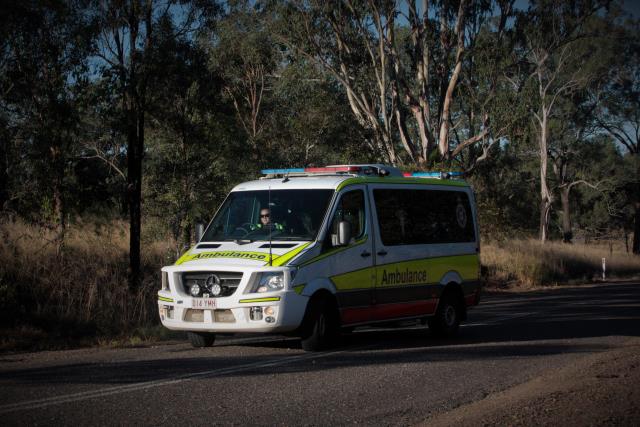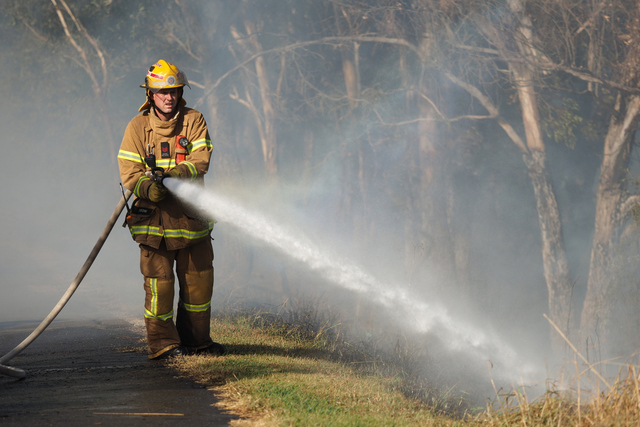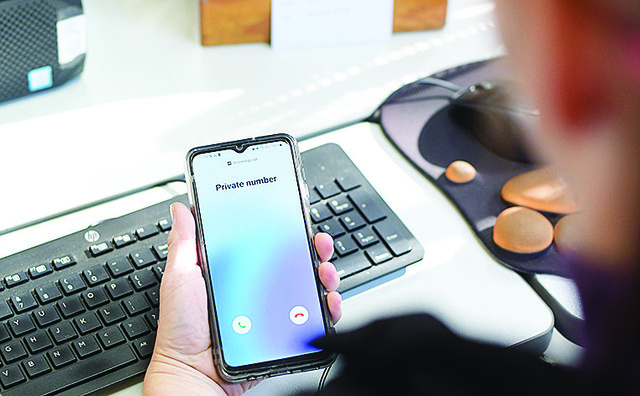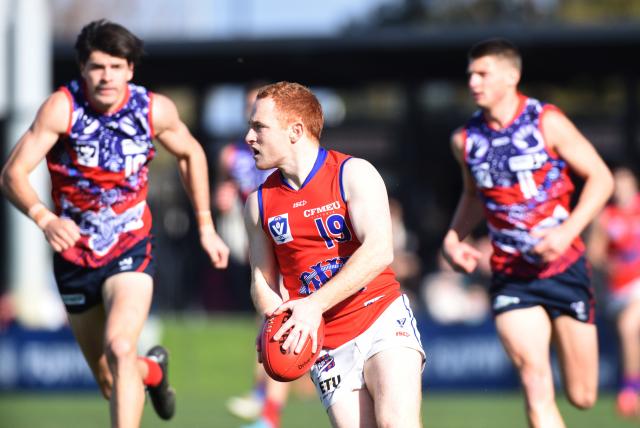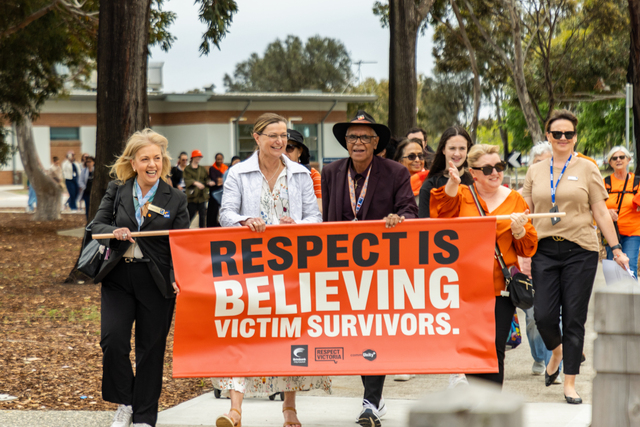Paramedics and first responders across Victoria, including in Brimbank responded to close to 100,000 Code 1 patients between July and September this year.
Ambulance Victoria (AV) Executive Director Regional Operations Danielle North said this was a 2.7 per cent drop in demand compared to the previous three months, which was the busiest quarter on record for Code 1 cases.
As a result, ambulance response times to the most time-critical patients was 16 seconds faster on average across Victoria.
“Our dedicated paramedics and first responders do an incredible job working under pressure to provide the best care to communities across the state every day,” Ms North said.
“Between July and September, we attended over 3,000 more ‘lights and sirens’ cases compared to a year ago and 27.6 per cent extra Code 1 cases than before the pandemic five years ago.”
From July to September 2024, AV crews across Victoria responded to 65.4 per cent of Code 1 cases within the state-wide target of 15 minutes – an improvement from 64.2 per cent in the previous quarter. The state-wide average response time to Code 1 emergencies was 15 minutes and 21 seconds.
In the Metropolitan Region crews responded to 69,958 Code 1 cases between July and September.
Performance against the 15-minute target for Code 1 cases improved in 59 of Victoria’s 79 Local Government Areas (LGAs) compared with the previous quarter. In the Metropolitan Region, the biggest improvements were in the Banyule, Cardinia, Mornington Peninsula, Whittlesea and Knox LGAs. Compared with the previous quarter, the average response time to Code 1 patients were:
One minute and five seconds faster in the Banyule LGA
One minute and 17 seconds faster in the Cardinia LGA
50 seconds faster in the Mornington Peninsula LGA
40 seconds faster in the Whittlesea LGA
49 seconds faster in the Knox LGA
In the Melbourne LGA, paramedics attended 76.4 per cent of Code 1 patients within 15 minutes – which was the fourth-best result in the state, and the best in the Metropolitan Region. The busiest LGAs with the highest percentage of total workload were Casey, Hume, Wyndham and Whittlesea.
Metropolitan Regional Director Vanessa Gorman said we know there is more work to do. Ambulance Victoria continues to work with hospitals to transfer patients as quickly as possible and ensure all Victorians receive the right care at the right time.
“Our expert Secondary Triage team of nurses and paramedics also make a real difference by connecting patients with the care they need while helping free up crews for patients in time-critical emergencies,” Ms Gorman said.
“From July to September, 41,142 people who did not need an emergency ambulance were instead connected to more appropriate care by paramedics and nurses in Secondary Triage.
“In 2023/24, paramedics referred nearly 43,000 patients to the Victorian Virtual Emergency Department (VVED), with over three quarters cared for without transport to a physical ED.”
Ms Gorman said it is also important that everyone does their part, if your matter is not an emergency, consider using alternative care options and keep our highly skilled paramedics available for patients most in need.
“In less urgent cases, there are many options people can access when they need timely medical care and health advice all day every day – but not an emergency ambulance or calling Triple Zero (000),” Ms Gorman said.
“This includes the Victorian Virtual Emergency Department (VVED), Urgent Care Clinics and other options such as your GP or pharmacist, or Nurse-On-Call on 1300 60 60 24.”

